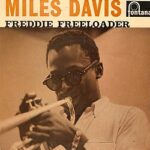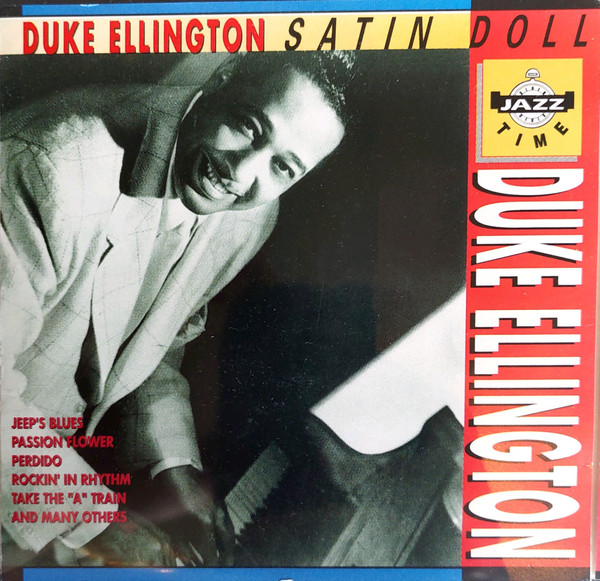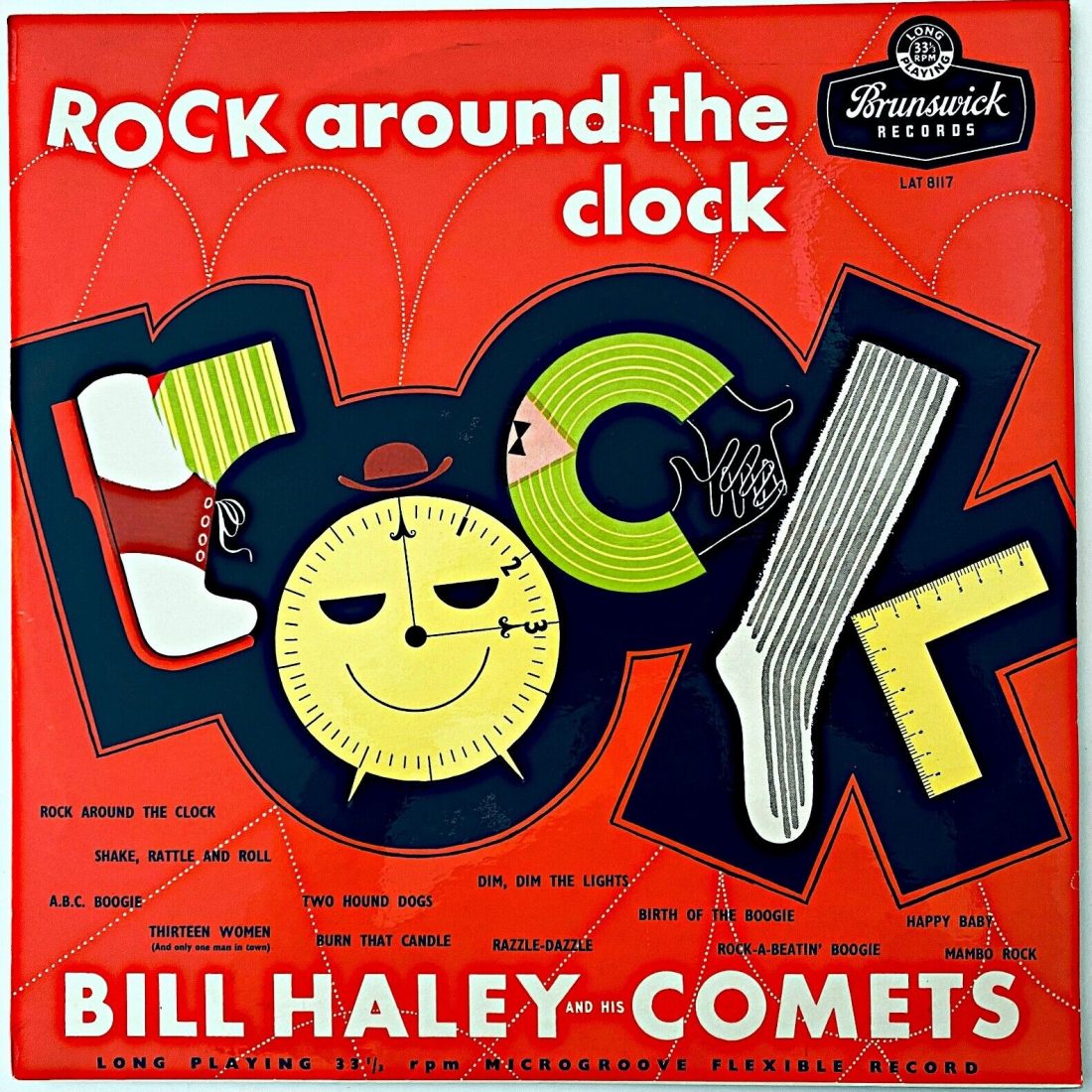 The year was 1959, a time when the world of jazz was undergoing a seismic shift. The genre had already evolved from the hot rhythms of swing to the complex harmonies of bebop, and a new sound was beginning to take shape—one that was spacious, introspective, and profoundly influential. It was in this moment of musical exploration that Miles Davis released Kind of Blue, a record that would come to define modern jazz and change the trajectory of the genre forever. Among the album’s tracks, “Freddie Freeloader” stands out, not only for its infectious bluesy feel but also for its understated brilliance. Unlike the intense harmonic complexity of bebop, this track embraces simplicity and groove, proving that emotional resonance often outweighs technical showmanship. With its laid-back swing, clever structure, and masterful improvisations, “Freddie Freeloader” remains a touchstone for musicians and jazz lovers alike.
The year was 1959, a time when the world of jazz was undergoing a seismic shift. The genre had already evolved from the hot rhythms of swing to the complex harmonies of bebop, and a new sound was beginning to take shape—one that was spacious, introspective, and profoundly influential. It was in this moment of musical exploration that Miles Davis released Kind of Blue, a record that would come to define modern jazz and change the trajectory of the genre forever. Among the album’s tracks, “Freddie Freeloader” stands out, not only for its infectious bluesy feel but also for its understated brilliance. Unlike the intense harmonic complexity of bebop, this track embraces simplicity and groove, proving that emotional resonance often outweighs technical showmanship. With its laid-back swing, clever structure, and masterful improvisations, “Freddie Freeloader” remains a touchstone for musicians and jazz lovers alike.
The composition itself is deceptively simple, based on a 12-bar blues format, but Davis and his ensemble turn it into a journey that feels both relaxed and full of nuance. Right from the first notes, the listener is enveloped in a warm, inviting atmosphere. The piano, played by the legendary Wynton Kelly, sets the stage with a gentle, swinging rhythm that immediately draws you in. Davis’ muted trumpet enters with a melody that is deceptively casual yet laden with emotion, hinting at the emotional depth to come. The track’s title, inspired by a fictional character, “Freddie Freeloader,” suggests a charming, opportunistic figure—a drifter of sorts—mirroring the playful, free-flowing nature of the music itself.
What makes “Freddie Freeloader” so enduring is the collaborative brilliance of the musicians involved. Alongside Miles Davis on trumpet and Wynton Kelly on piano, the track features John Coltrane on tenor saxophone, Cannonball Adderley on alto saxophone, Paul Chambers on bass, and Jimmy Cobb on drums. Each musician brings a distinct voice, yet the interplay is seamless. Davis’ trumpet leads with a lyrical restraint, offering phrases that are concise, emotional, and thoughtful. Coltrane and Adderley take turns exploring melodic ideas, building tension and release without ever overwhelming the simple, blues-based foundation. The rhythm section locks in with a relaxed precision, creating a sense of buoyancy and swing that makes the music feel alive and organic.
Unlike much of the jazz that preceded it, “Freddie Freeloader” exemplifies Davis’ move toward modal jazz. Rather than relying on complex chord changes to dictate improvisation, modal jazz allows musicians to explore a scale or mode freely, creating a sense of openness and space. This approach is evident in Davis’ playing on the track, where every note feels intentional, deliberate, and part of a larger conversation. The melodic lines float effortlessly over the steady rhythm, producing a hypnotic effect that rewards repeated listening. The result is a track that feels both structured and spontaneous—a paradox that Davis and his band navigate with unparalleled skill.
The beauty of “Freddie Freeloader” also lies in its accessibility. Despite its sophisticated musical underpinnings, it possesses an inviting, almost conversational quality. The track opens with a playful piano riff, immediately establishing a bluesy, approachable mood. This contrasts sharply with the more abstract, cerebral pieces that dominate parts of Kind of Blue, giving the album a dynamic range of moods and textures. “Freddie Freeloader” is not just an exercise in musical innovation—it is a celebration of the joy and universality of blues-inflected jazz. Listeners don’t need formal training to feel the swing, the subtle tension, or the emotional weight of the solos. The track invites participation, whether by tapping a foot, nodding along, or simply being present in the sound.
The improvisational interplay between the musicians further elevates “Freddie Freeloader.” Wynton Kelly’s piano comping is rhythmic yet understated, providing a framework that supports but never overshadows the soloists. Paul Chambers’ bass lines are both steady and melodic, offering a walking anchor that propels the music forward. Jimmy Cobb’s drumming is crisp, responsive, and swinging, accentuating the groove without dominating it. Each soloist takes the time to explore melodic ideas fully, building tension through subtle variations in phrasing and dynamics. The conversation between the musicians is almost conversational in nature; you can hear them responding to one another in real time, creating a sense of immediacy and intimacy that is rare in recorded music.
It’s also worth noting the historical and cultural context in which “Freddie Freeloader” was released. In 1959, the United States was grappling with social and political change, and jazz was increasingly recognized as an art form capable of profound expression and commentary. While the track is not overtly political, its relaxed yet confident swing embodies a sense of individuality and artistic freedom that mirrored broader cultural shifts. The blues foundation connects it to African American musical heritage, grounding it in tradition even as it pushes forward into new, modal territory. In this sense, “Freddie Freeloader” is both a reflection of its time and a timeless exploration of musical possibilities.
The track’s enduring popularity can also be attributed to Miles Davis’ masterful use of tone and space. His muted trumpet is a study in restraint: each note is carefully shaped, allowing silence and space to become as important as the sound itself. This approach contrasts sharply with the more aggressive, high-energy playing of many contemporaries, emphasizing mood, texture, and emotional resonance over sheer virtuosity. The solos unfold like a conversation, each phrase considered and expressive. Even in its simplicity, the track contains a depth that rewards attentive listening, revealing new subtleties with every spin.
Another striking element of “Freddie Freeloader” is its storytelling quality. Without words, the track conveys a narrative of charm, humor, and understated sophistication. The title itself evokes the image of a lovable drifter, someone who drifts from place to place, taking life as it comes. This persona is mirrored in the music’s playful swing, relaxed phrasing, and improvisational freedom. Davis and his band tell this story through melody, rhythm, and tone, creating a vivid, imaginative world for the listener to inhabit. It is music that invites both emotional engagement and intellectual appreciation—a rare combination that few recordings achieve with such effortless grace.
The influence of “Freddie Freeloader” extends far beyond its initial release. It has become a standard in jazz repertoire, studied, performed, and revered by countless musicians across generations. Its blend of accessibility and sophistication has inspired both jazz students and seasoned professionals, serving as a model for effective melodic improvisation and ensemble interplay. Moreover, its place within Kind of Blue solidifies its role in a landmark album that continues to shape the way jazz is understood, taught, and appreciated today. The track demonstrates that complexity and beauty can coexist with simplicity and swing, a lesson that resonates with musicians and listeners alike.
In addition to its musical significance, “Freddie Freeloader” is emblematic of Miles Davis’ artistic philosophy. Davis was always drawn to innovation, yet he understood the power of restraint and clarity. On this track, he balances technical mastery with emotional honesty, creating a sound that is both approachable and profound. It is a testament to his vision as a bandleader and his ability to curate the perfect ensemble. Every musician on the track contributes to the collective sound, yet their individual voices shine through, demonstrating a rare balance between individuality and collaboration.
Ultimately, “Freddie Freeloader” remains a timeless exemplar of what makes jazz compelling. Its 12-bar blues structure, accessible melodies, modal improvisation, and masterful interplay make it an ideal entry point for new listeners while offering endless depth for experienced aficionados. The track captures a moment in musical history where innovation and tradition intersected, producing a sound that is as fresh and inspiring today as it was over sixty years ago. Listening to it is not merely an auditory experience—it is a journey through mood, history, and emotion, guided by some of the greatest musicians of the 20th century.
The track’s legacy endures because it embodies the essence of what makes jazz timeless: spontaneity, collaboration, and emotional truth. Miles Davis and his ensemble transformed a simple blues form into a masterpiece of subtlety and expression, proving that brilliance often lies in restraint and clarity rather than complexity for its own sake. “Freddie Freeloader” continues to swing, to inspire, and to speak to listeners across generations, reminding us of the power of music to capture both the moment and the infinite.
By the end of its nearly nine-minute runtime, “Freddie Freeloader” leaves a lasting impression—not just as a track on a groundbreaking album, but as a benchmark of musical artistry. It exemplifies the ability of jazz to communicate profound emotion through melody, rhythm, and ensemble synergy. From its warm opening piano riff to the lyrical trumpet phrases, each element contributes to a tapestry of sound that is both joyful and contemplative, simple yet endlessly complex. For anyone seeking to understand the genius of Miles Davis and the transformative power of jazz, “Freddie Freeloader” is an essential listen, a journey into the heart of a genre that continues to evolve yet remains timeless in its emotional resonance.
In conclusion, “Freddie Freeloader” is more than a song; it is a statement of musical philosophy, a celebration of blues, swing, and modal exploration, and a testament to the collaborative genius of Miles Davis and his band. Its enduring appeal lies in its ability to convey emotion with elegance, to balance structure with improvisation, and to invite listeners into a world where simplicity meets sophistication. Sixty-plus years after its release, the track still swings with effortless charm, proving that great music transcends time, space, and even genre. “Freddie Freeloader” is, in every sense, a classic—a piece of art that continues to educate, inspire, and captivate anyone who takes the time to listen.


